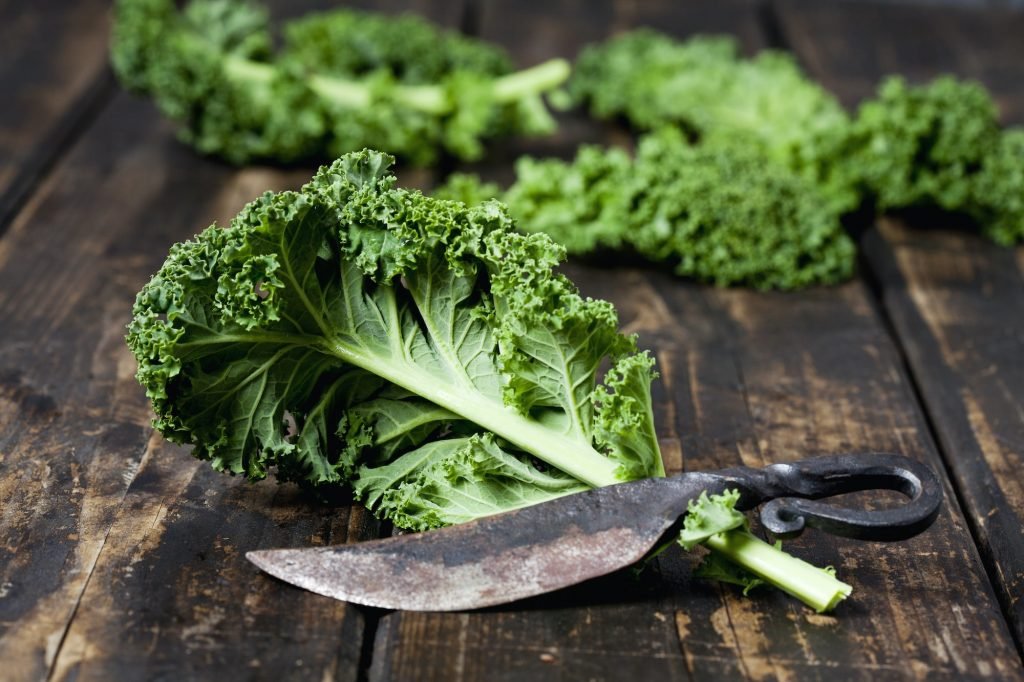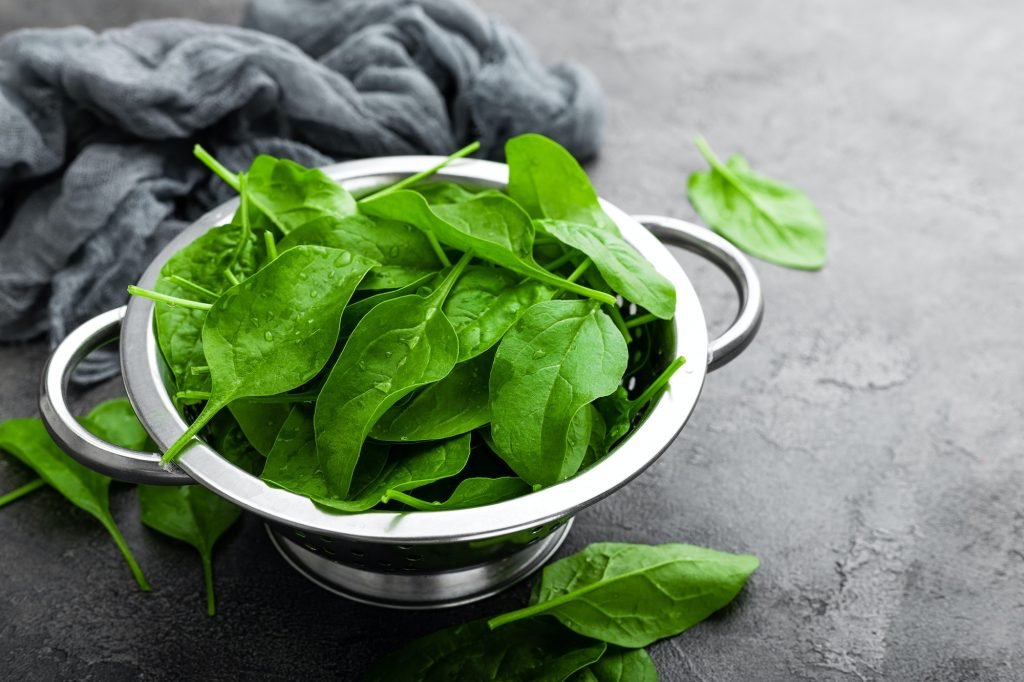If you’re trying to create a thriving aquaponics system, then you’ll need to know which plants to pair with your salmon. However, as we will discuss, not just any plant will do for some are better suited for an aquaponics setup than others. In this blog post, we’ll discuss the 5 best plants to pair with salmon in your aquaponics system!
The Five Best Plants for an Aquaponics System with Salmon
If you are looking to start an aquaponics system with salmon, there are a few things you need to consider. First, you need to find the right plants that will grow in your system. You also need to make sure that the plants you choose can tolerate the high levels of ammonia that salmon produce. So, with those two particular factors in mind, here are my five picks for the best plants for an aquaponics system with salmon:
1. Cabbage

Cabbage is a great plant for aquaponics systems because it is highly tolerant of ammonia. It also grows quickly, so it can keep up with the high production of salmon. Additionally, cabbage is a great source of vitamins and minerals and is an extremely hardy and versatile plant that can be used in a wide range of dishes.
2. Kale

Like cabbage, kale is also tolerant of ammonia and grows quickly. It is a great source of vitamins A, C, and K, as well as calcium and iron, and is an incredibly versatile and nutritious vegetable.
It can be cooked in countless different ways, for any occasion, making it a great alternative to cabbage. What’s more, kale is highly tolerant of ammonia and grows quickly, making it easier to produce than many other vegetables.
Whether you make it into a salad or blend it up in a smoothie, kale is sure to benefit your health!
3. Swiss Chard

Swiss chard should definitely be a staple in anyone’s aquaponics garden. It’s very easy to grow and doesn’t need much care, so it’s a great plant for aquaponic farmers who are just starting out.
Its varying colors and textures make it really stand out when initially planting, and you’ll be rewarded with gorgeous, nutrient-rich results. Not only is Swiss chard incredibly aesthetically pleasing, but its invigorating flavor is vivid and unique!
On top of that, this vegetable contains generous amounts of vitamins A, C, and E as well as minerals like magnesium, potassium, and iron that support overall health. So, for those of you looking for a low-maintenance veggie to fill your aquaponic system with full of life and color is sure to not go wrong with Swiss chard.
4. Spinach

Spinach is quickly becoming one of the most popular plants to cultivate with aquaponics systems.
It not only looks great in an indoor garden, but packs a punch when it comes to nutrients like vitamins A, C, and K, as well as minerals such as calcium, iron, and manganese. Spinach also stands out due to its tolerance for high levels of ammonia—a necessity in a successful aquaponics system.
With its ability to thrive both indoors and outdoors, spinach is becoming a go-to choice for aspiring fish farmers and hydroponic gardeners alike.
5. Watercress

Watercress is an ideal addition to aquaponic systems due to its fast-growing nature. What really makes it stand out, though, are the high levels of vitamins A and C, as well as calcium and iron it contains.
Not only does this mean that watercress can provide valuable nutrition for both you and your fish but also that the plant has a high tolerance for ammonia levels, adding further stability to an aquaponic system. With its high nutrient content and remarkable resilience, watercress is clearly an excellent choice for any aspiring aquaponic gardener.
Why These Plants Are the Best for Salmon Aquaponics
Salmon is one of the most popular fish in the world, and for good reason. They are not only delicious but also packed with nutrients that are good for our health.
Salmon aquaponics is a great way to get fresh, healthy salmon while also being kind to the environment. In aquaponics, plants, and fish are grown together in a closed system, with the waste from the fish providing nutrients for the plants. This means that very little water and land are required, and there is no need for harmful chemicals or fertilizers.
Salmon aquaponics works best with plants that can handle the high levels of nitrates that the fish make. Nitrates are needed for plants to grow, but too much of them can be bad for people. Some of the best plants for salmon aquaponics include kale, watercress, and Swiss chard. These plants are not only tolerant of high nitrate levels, but also provide a variety of vitamins and minerals that are essential for a healthy diet.
The Nutritional Needs of Salmon and How Plants Can Help Meet Them
Salmon are migratory fish that spend most of their adult lives in the ocean before returning to freshwater rivers to spawn. Salmon must be able to adapt to different temperatures and levels of salt in the water as they move between these two habitats. This makes them one of the most versatile fish in the world and an important part of the marine ecosystem.
The diet of salmon changes as they grow from fry to adults. When they are first born, salmon feed on small insects and crustaceans. As they get older, they begin to eat other fish. By the time they are adults, their diet consists mostly of fish, squid, and shrimp.
Salmon are an important food source for humans and other animals. They are a rich source of protein and omega-3 fatty acids, which are essential for human health. Salmon are also keystone species, meaning that they play a vital role in the ecosystem by controlling the population of other animals.
As salmon travel between freshwater and saltwater habitats, they must be able to adapt to different water temperatures and salinity levels. This makes them one of the most versatile fish in the world and an important part of the marine ecosystem.
The diet of salmon changes as they grow from fry to adults. When they are first born, salmon feed on small insects and crustaceans. As they get older, they begin to eat other fish. By the time they are adults, their diet consists mostly of fish, squid, and shrimp.
Salmon are an important food source for humans and other animals. They are a rich source of protein and omega-3 fatty acids, which are essential for human health.
Bonus: Five More Plants for Meeting the Nutritional Needs of Salmon in an Aquaponics System
Salmon is very high in omega-3 fatty acids, which are beneficial for human health. In addition to being a healthy food source, salmon is also a popular fish for aquaculture and aquaponics systems.
There are many different plants that can be used in an aquaponics system to provide the nutritional needs of salmon. However, not all plants are equally effective at meeting the needs of salmon.
In addition to the plants listed above, here are five more that can help meet the nutritional needs of salmon in an aquaponics system:
1. Algae: Algae are a type of aquatic plant that is very high in omega-3 fatty acids. This makes algae an ideal food source for salmon. In addition, algae can also help to filter water in an aquaponics system.
2. Cattails: Cattails are another type of aquatic plant that is very effective at providing the nutritional needs of salmon. Cattails are high in protein and other essential nutrients that salmon need for growth and development.
3. Watercress: Watercress is a type of leafy green vegetable that is often used as a salad green. Watercress is also high in omega-3 fatty acids, making it an excellent food source for salmon.
4. Spinach: Spinach is another type of leafy green vegetable that is high in omega-3 fatty acids and other essential nutrients for salmon. Spinach is also known to be very effective at filtering water in aquaponics systems.
5. Kelp: Kelp is a type of seaweed that is commonly used as a food source for sushi rolls. Kelp is also high in omega-3 fatty acids, making it an excellent food source for salmon.
A Conclusion: Why an Aquaponics System with Salmon and These Five Plants is a Thriving Combination
As you can see, the plants listed above are not only the best for an aquaponics system with salmon, but they also provide a wide range of nutrients that are essential for the health of these fish. These plants not only give the fish the nutrients they need, but they also help clean the water in the system so it stays clean and fresh for the fish. This is a crucial part of any aquaponics system, and one that should not be overlooked.